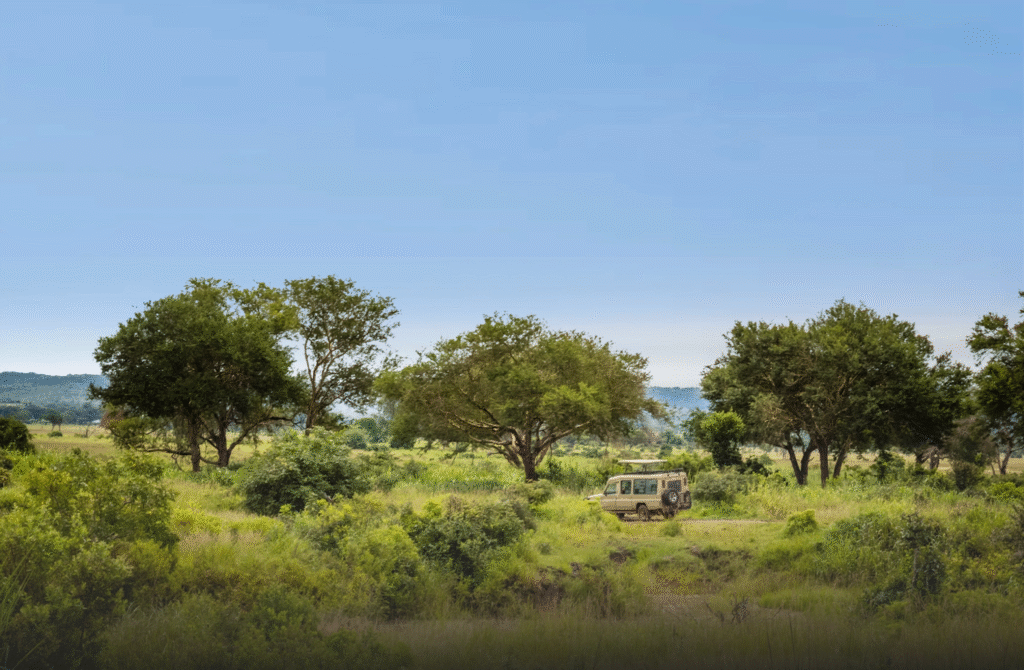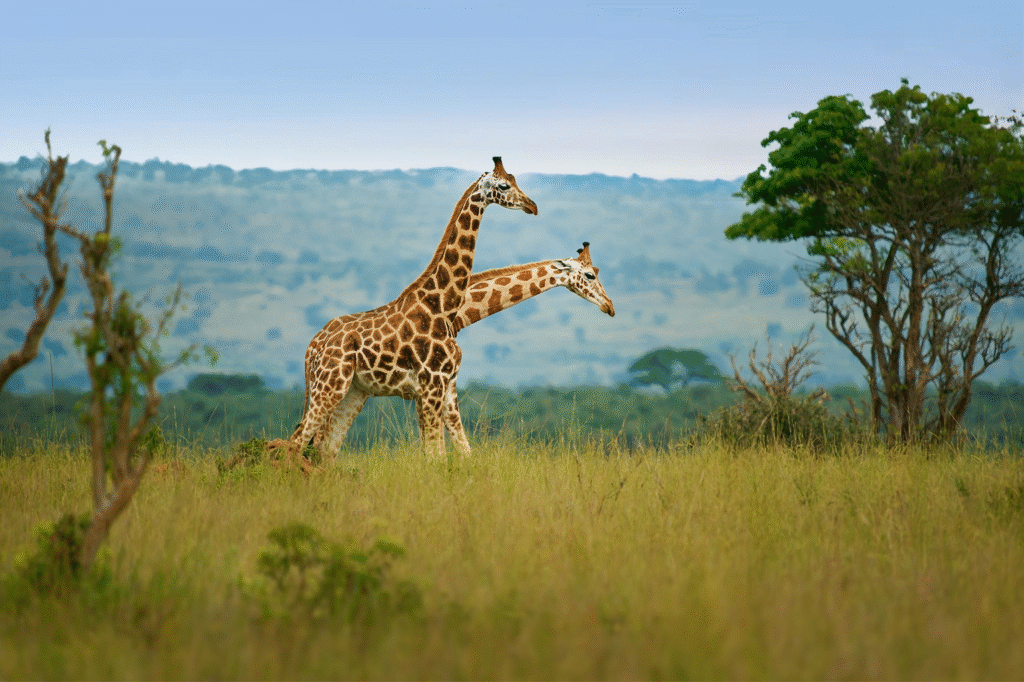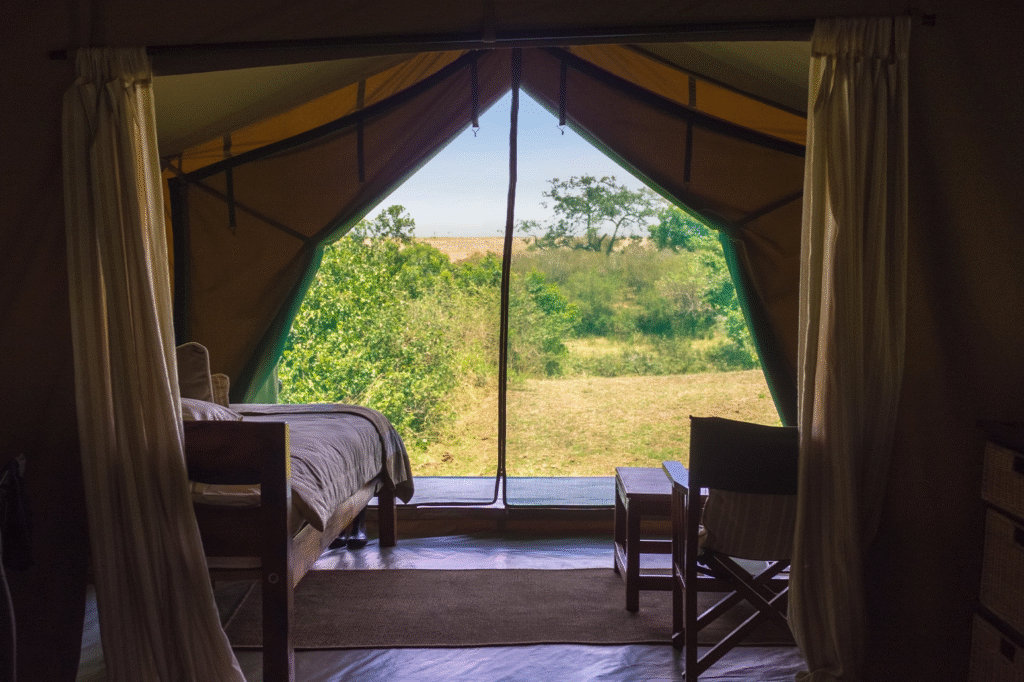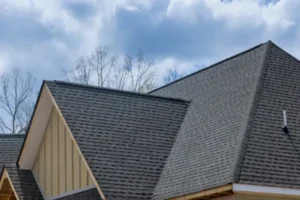How are Tanzania Safari Costs subject to Increase Over Time?


Planning a Tanzania Safari Tour is often the highlight of a traveller’s life. But here’s the catch—every year, the Tanzania Safari Cost shifts upward. A safari you saw priced at $200 per day last year may now be $220 or more. Why does this happen? And how do you plan a safari without being blindsided by rising prices?
This blog examines the actual reasons behind the rising prices of Tanzanian safaris, including inflation, conservation fees, exchange rates, peak season demand, luxury services, and fuel costs. Our expert team at African Scenic Safaris provides all information.
By the end, you’ll know How Much Does A Tanzania Safari Cost, why it changes, and how to budget smartly for your own adventure. Read on to discover the hidden forces shaping safari prices—and how to prepare for them.
Inflation and Operating Cost Increases

Think of a safari as a moving puzzle—vehicles, food, guides, fuel, staff, and logistics all working together. Inflation nudges every piece higher. From bread on the breakfast table to diesel in the safari jeep, costs rise steadily each year.
“Yearly inflation hikes mean last year’s budget safari might cost more this year,” notes our travel expert.
For example, a budget safari priced at $200 per day in 2024 could increase to $ 220 or more in 2025. On a 7-day trip, that’s an additional $140 without any upgrades. So, always plan for a 5–10% annual increase in your safari budget.
National Park Fees and Conservation Levies

The beauty of a Safari in Tanzania—from Serengeti’s wildebeest herds to Ngorongoro’s crater lions—comes with a cost. Park fees increase every few years to fund anti-poaching efforts, habitat conservation, and ranger salaries.
“Park fee hikes caught some travellers by surprise,” says our veteran safari guide.
A fee that was $70 per person per day can now be $80. Over several days in multiple parks, that adds up. These increases ensure the very wilderness you came to see survives for future generations. Check the latest park fees before finalizing your Tanzania Safari Package by referring to the TANAPA site.
Currency Exchange Rate Fluctuations
Even when local costs remain steady, international travellers may still feel the pinch due to shifting exchange rates. The Tanzanian Shilling can weaken against the US Dollar or Euro, causing your Tanzania Safari Price to rise without operators changing anything.
“Currency shifts impact final prices despite stable local costs,” explains our sales expert.
Dollar-based safari packages often adjust upward because of this. Timing your booking when exchange rates are favourable can make a noticeable difference in your Tanzania Vacation Cost. Monitor exchange rates and lock in your safari when rates are favourable.
Peak Season Demand and Pricing
Not all months are priced the same. Peak seasons—June to October (migration time) and December to February (holiday rush)—see heavy demand. Lodges fill quickly, jeeps get booked, and prices naturally surge.
A mid-range safari might cost $500 per day in peak season, while off-peak months drop to $400. Choosing shoulder seasons offers savings and quieter sightings. Hence, consider May or November for excellent safaris at lower prices.
Enhanced Luxury and Service Expectations
The modern safari is no longer just about tents—it’s about private plunge pools, solar-powered eco-lodges, and candlelit bush dinners. As demand for these upgrades grows, so do the prices of Tanzanian safaris.
A luxury safari that was $1,500 daily may reach $1,600 this year. Yet many travellers happily pay for the exclusivity and comfort that define a once-in-a-lifetime journey.
Compare amenities carefully to determine if the added cost aligns with your expectations.
Rising Operational Challenges and Fuel Costs
Behind the magic of spotting elephants or lions lies a harsh reality—fuel prices, remote airstrips, and constant jeep maintenance. These operational challenges make Safari Tanzania’s costs sensitive to market changes.
“Fuel surcharges were a new addition this year,” explains one safari planner.
Transport fees may increase from $70 to $80 per day. For safaris covering multiple parks, that’s a significant impact on your Tanzania Safari Tour Cost.
Ask your operator about surcharge policies before confirming bookings.
Example Cost Analysis: Tanzania Safari Cost Increase 2024 vs 2025

What Travelers Say
“A truly great safari company“
African Scenic Safaris did such an incredible job with our 8-day safari. It all started with working with Nembris, who arranged a trip I would never have even considered. With her local knowledge, she was able to direct us to the best places to view wildlife for the time of year we were going. Nembris was incredibly well-organized and took care of all the trip details.
Our guide, Emmanuel, was simply brilliant. He was an excellent, safe driver and was incredibly knowledgeable about the wildlife and birds. He was a great person to have on the trip, very personable and helpful, and he knew many great, out-of-the-way places for wildlife viewing. His friendly manner made each day enjoyable.- travel-adventure42”
Read more traveller reviews and learn why guests trust African Scenic Safaris.
Stay Informed and Budget Smartly

The Cost of a Safari in Tanzania will constantly shift—it’s the nature of an industry tied to conservation, logistics, and global economics. But being informed means being prepared.
Expert operators, such as African Scenic Safaris, keep travellers informed about pricing trends, park fee adjustments, and seasonal rates, ensuring transparency. With proper planning, your safari will be remembered for its lions, sunsets, and stories—not for unexpected expenses.
Contact African Scenic Safaris today to secure your safari at today’s rates before prices rise further.





